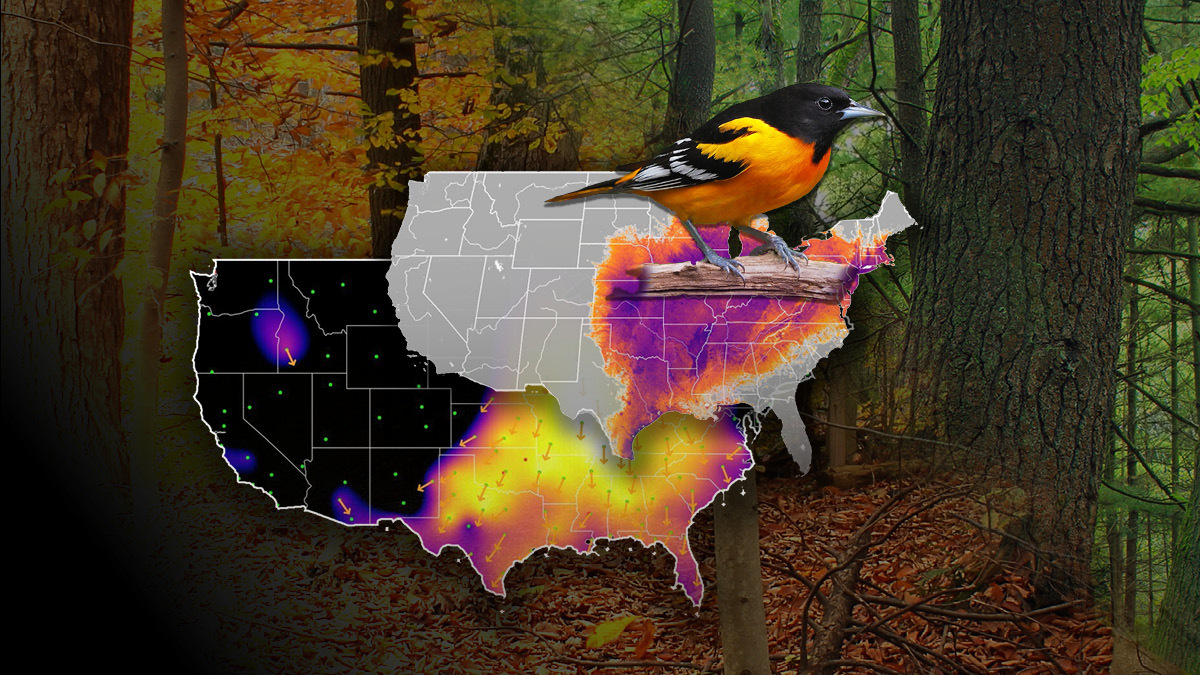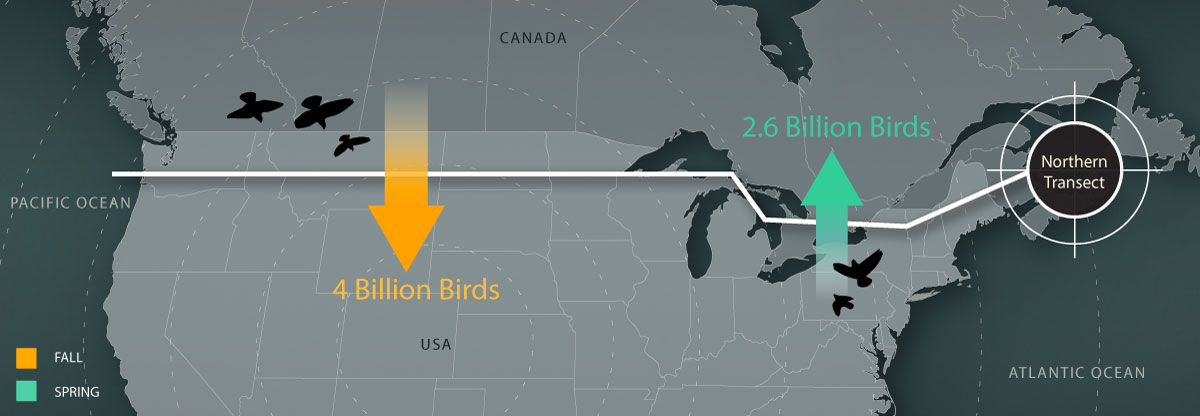NSF Macrodemography project
We currently have a job opening for a postdoctoral associate to work on the NSF project “Macro-demography of North America’s migratory birds”, which aims to study avian demography from a large-scale perspective.
Macro-demography of North America’s migratory avifauna
Reversing the global loss of biodiversity is a primary challenge of our time, however the reasons for species declines are often poorly understood. Birds exemplify this crisis, with the North American continent supporting 3 billion fewer birds today than in 1970. Migratory birds are particularly hard hit. These birds travel vast distances between their wintering and breeding grounds, making it difficult to pinpoint where threats exist and where conservation efforts should be focused. To understand current bird declines, researchers require accurate estimates of the birth and death rates of birds across the vast geographic areas they visit. However, such information is currently only available for a few select locations during short periods of the year.
This research will address these challenges by developing novel tools to measure the recruitment and mortality rates of birds across an entire continent and throughout the whole year. The insights generated by these efforts will help us to understand which factors have been causing population declines. In particular, we will investigate how extreme climatic events such as heat waves and cold spells have affected the annual variability in birth and death rates. Explaining such year-to-year changes in bird populations sizes will be a critical step towards understanding long-term bird declines. By gaining insight into the limiting factors underlying population fluctuations, this work aims to sustain the vital ecological, economic, and social services that birds provide to humans and the environment.

To create these new analyses, we rely on three novel ‘big data’ resources to track bird populations throughout the year. First, the US weather radar network (NEXRAD) is used to study the flow of migrants into and out of North America during fall and spring migration. Comparing these numbers between adjacent seasons will enable us to estimate the birth and death rates of all migratory birds combined. Second, observations from hundreds of thousands of volunteer citizen scientists (eBird data) and dynamic species distribution models will be used to track seasonal variation in the numbers of birds recorded. This resource captures species-specific patterns that are not available from the radar data. Third, remote sensing data and the National Ecological Observatory Network (NEON) will be used to understand temperature and phenological extremes, which will be explored as a mechanism driving population changes. Overall, this research aims to develop the tools to understand current population declines and point towards a roadmap for the recovery and conservation of the mass migration of birds.
NSF Award #2017817
Relevant publications:
- Dokter AM, Farnsworth F, Fink D, Ruiz-Gutierrez V, Hochachka WM, La Sorte FA, Robinson OJ, Rosenberg KV, Kelling. (2018) Seasonal abundance and survival of North America’s migratory avifauna determined by weather radar, Nature Ecology and Evolution 2 (10), 1603, DOI 10.1038/s41559-018-0666-4
- Rosenberg KV, Dokter AM, Blancher PJ, Sauer JR, Smith AC, Smith PA, Stanton JC, Panjabi A, Helft L, Parr M, Marra PP. (2019) Decline of the North American avifauna. Science, 366, 120-124, DOI 10.1126/science.aaw1313
- Fink D, Auer T, Johnston A, Ruiz‐Gutierrez V, Hochachka WM, Kelling S. (2020) Modeling avian full annual cycle distribution and population trends with citizen science data. Ecological Applications, 30(3):e02056, DOI 10.1002/eap.2056
